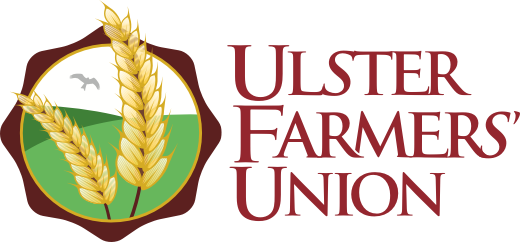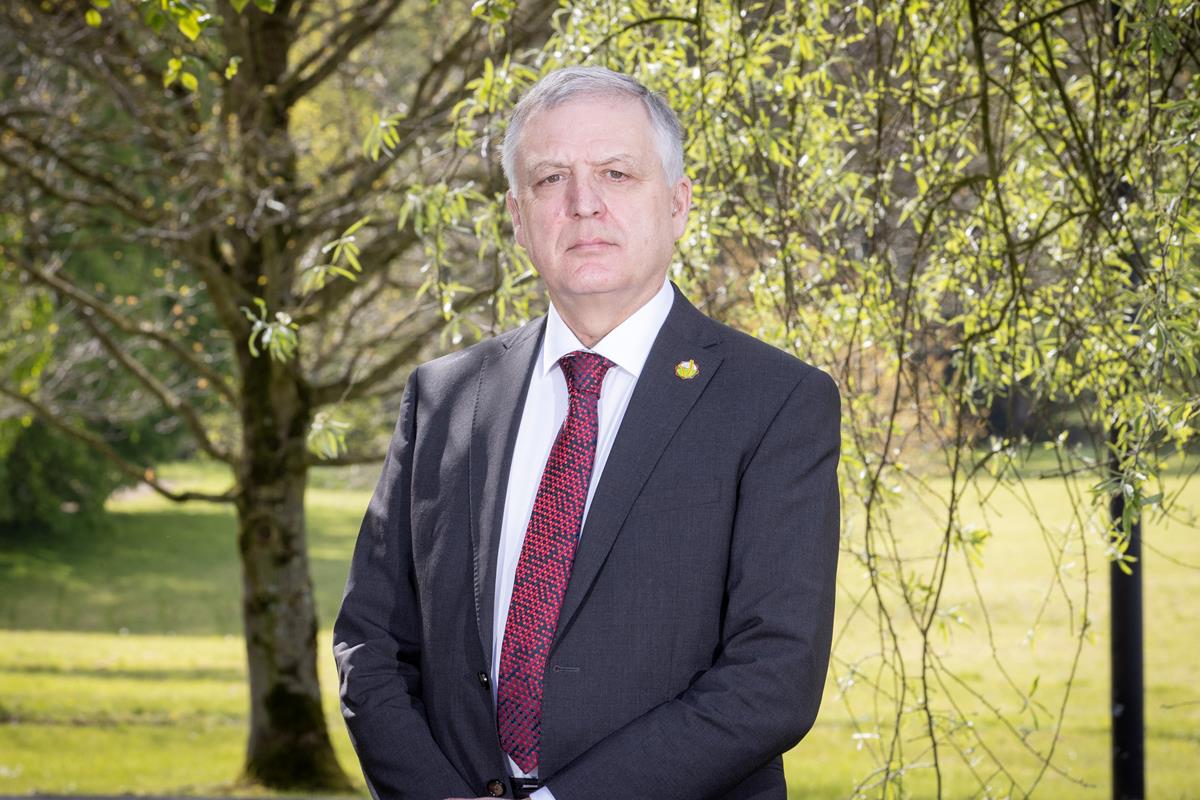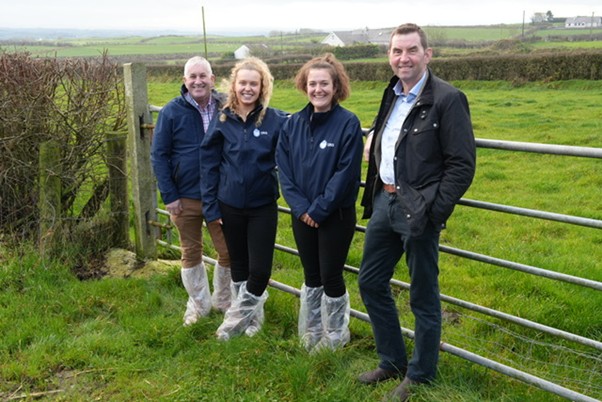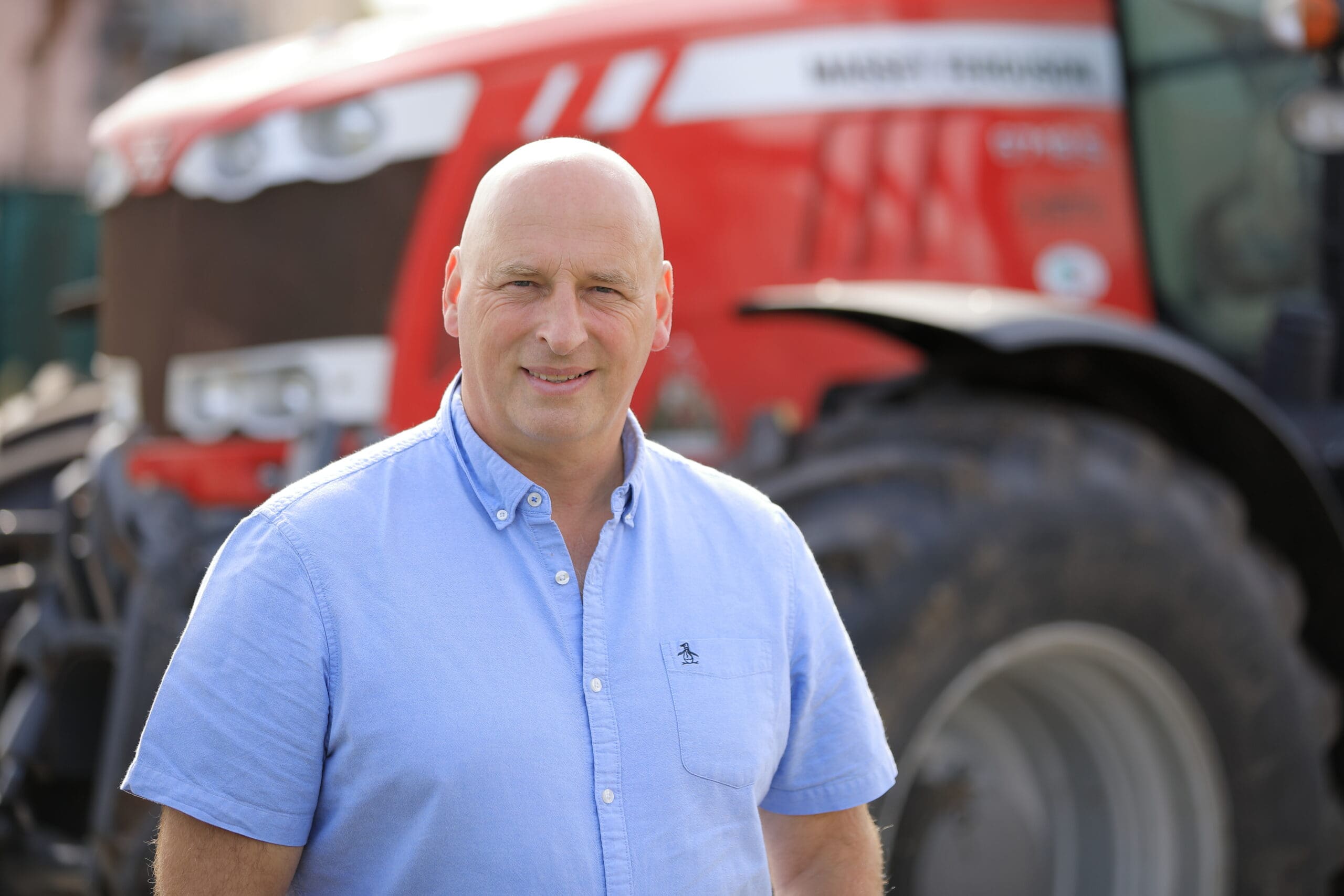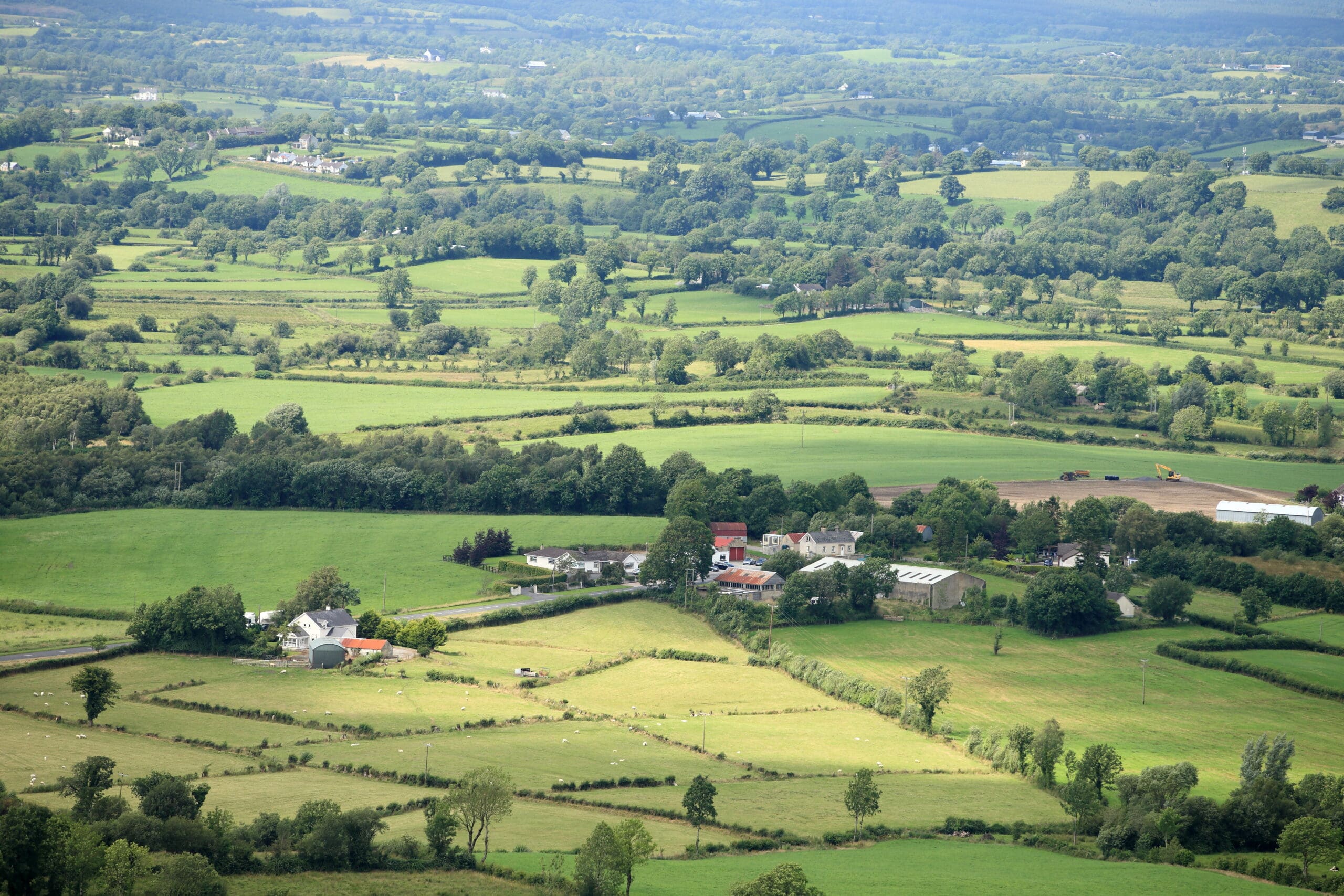
County Fermanagh countryside. Picture: Cliff Donaldson
The global challenge
I recently attended a presentation on ‘Market Dynamics and Consumer Trends’ from Rabobank’s Harry Smit and the message for our sector is clear and challenging. The traditional drivers of growth are changing and UK farming must pivot decisively toward a value-added strategy to secure its future.
The days when agricultural markets were defined purely by volume expansion are behind us. The core message of the presentation was encapsulated in three key points: food markets will continue to grow, but most growth will be in value, not in volume, and capturing that value growth will be the farmer’s greatest challenge.
The 80% rule: The shift from volume to value
Global food expenditure is forecast to continue its growth trajectory but the source of that growth is fundamentally different now. The data shows that between 2025 and 2035, the new market dollars break down simply: only about 10% comes from increased volume growth (simply feeding more people), another 10% comes from dietary shift (moving from vegetable to animal protein as prosperity rises), but a massive 80% is driven by value-add growth (demand for higher quality, convenience, sustainability traits, and niche products). This 80% is where the money is, and those value-add dollars are overwhelmingly captured by the food industry, not by the primary producer. The message we received in the presentation was that if we don’t change how we operate, we risk becoming high-cost commodity suppliers in a low-volume growth market.
Mapping the new global consumers
The analysis segmented the world into dynamic consumer groups, helping us understand where opportunity lies and, crucially, where Northern Ireland (as part of Europe) currently sits. We fall squarely into the shrinking laggards (Group 4), with Europe, Japan, South Korea regions facing population decline and little anticipated prosperity growth. Our market is mature, and growth will be slow, forecast at just 17% total food expenditure growth for Europe between 2025-2035. Contrast this with the future powerhouses like India and other Asia countries (Group 3), which are climbing the economic ladder, experiencing fast prosperity growth. India, for example, is projected to see a massive 152% increase in total food and alcohol expenditure by 2035. The lesson is stark: the global volume engine has moved entirely to Asia, Africa, and the Middle East, while our traditional markets are flatlining. Our strategy can no longer be focused solely on competing on the scale and cost models of the past. We cannot win the low-cost volume race.
The value imperative: A fork in the road
The Rabobank presentation clearly highlighted the choice facing every farmer. One path is the ‘Commodity Trap’ (low cost/volume strategy), characterised by a focus on common commodities, volatile earnings, and relying purely on cost and physical quality as differentiators, requiring no data sharing. The other path is the ‘Added Value’ strategy (the partnership path). This strategy focuses on meeting the specific demands of a niche buyer using ‘soft’ characteristics like production methods, sustainability footprint data, animal welfare standards, and guarantees. While this path involves a higher burden of data collection and sharing, the outcome is the promise of more stable earnings and the opportunity to capture a premium. For Northern Ireland and the rest of the UK, given our high operating costs and relative distance from the major population centres of volume growth, pursuing the commodity trap is a recipe for instability. We simply cannot compete with global agricultural giants on price alone.
My takeaway: Action points for the future
My initial thoughts from the presentation are that we must embrace the ‘Added Value’ strategy. Firstly, it appears sustainability demands will only grow, driven by research, awareness, and increased transparency, eventually translating into market requirements and legislation. Our sector needs to consider integrating verifiable, high-welfare, and low-carbon credentials into our core product identity. This is the 80% value-add we need to capture. Secondly, data is currency. The future farmer’s currency won’t just be milk or beef; it will be verified data. To transition to a value-added strategy, we need seriously consider the ‘high burden of data collection and sharing’ that buyers demand to justify a premium price. Thirdly, regarding local resilience, our focus must be on reinforcing the premium position of genuine animal protein. Finally, health is a premium. Global trends show diabetes and high BMI rising as major causes of disability, especially in high-income regions. Premium food positioning must increasingly link our products to measurable health and nutritional benefits. The clear insight from Rabobank is that the future of successful UK and European farming lies in partnerships – collaborating to define, verify, and market the ‘soft’ value of our unique production methods. By leveraging our high standards to capture that 80% value-add growth, we can build stability and prosperity, even in a world where food volume growth is slowing.
